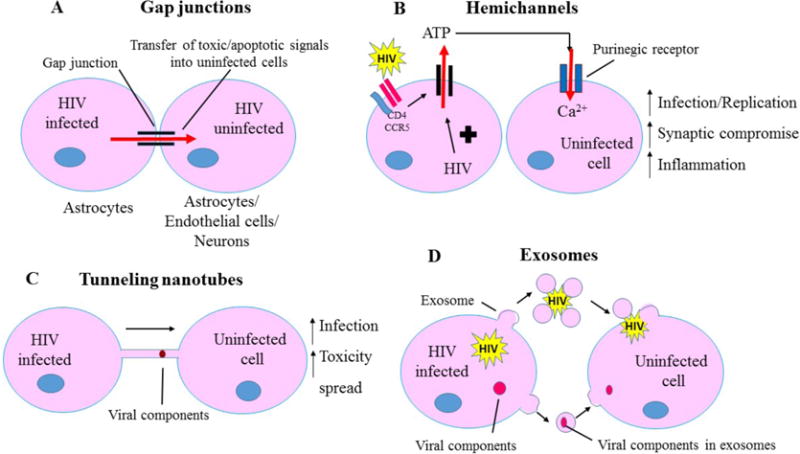Fig. 3. Cell-cell communication systems and spread of toxic stimuli during HIV infection.

HIV “hijacks” the intercellular communication systems (Gap junctions, hemichannels, tunneling nanotubes) to transfer toxic stimuli from infected cells to adjacent uninfected cells. This allows the virus to evade the immune system as well as results in the spread of toxic metabolites (ATP, small molecules, glutamate) to the uninfected cells. A- Gap junction channels, composed of connexin proteins, allows HIV infected astrocytes to transfer toxic/apoptotic signals to physically adjacent cells (endothelial cells, astrocytes, neurons). B- Unopposed hemichannels, composed of connexins as well as pannexins, results in transfer of toxic signals, such as ATP, into the extracellular space which may further lead to activation of purinergic receptors on nearby uninfected cells and promote neuroinflammation as well as neuronal compromise. C- Tunneling nanotubes act as a long-range communication system between infected and uninfected cells and may assist in transfer of viral particles as well as viral proteins, successfully evading the host immune response. D- Exosomes contribute to HIV pathogenesis by aiding in transfer of HIV virions/viral components such as viral RNA and viral proteins from infected to uninfected cells.
